Jan 2, 2025
The Evolution of Money: From Barter to Bitcoin
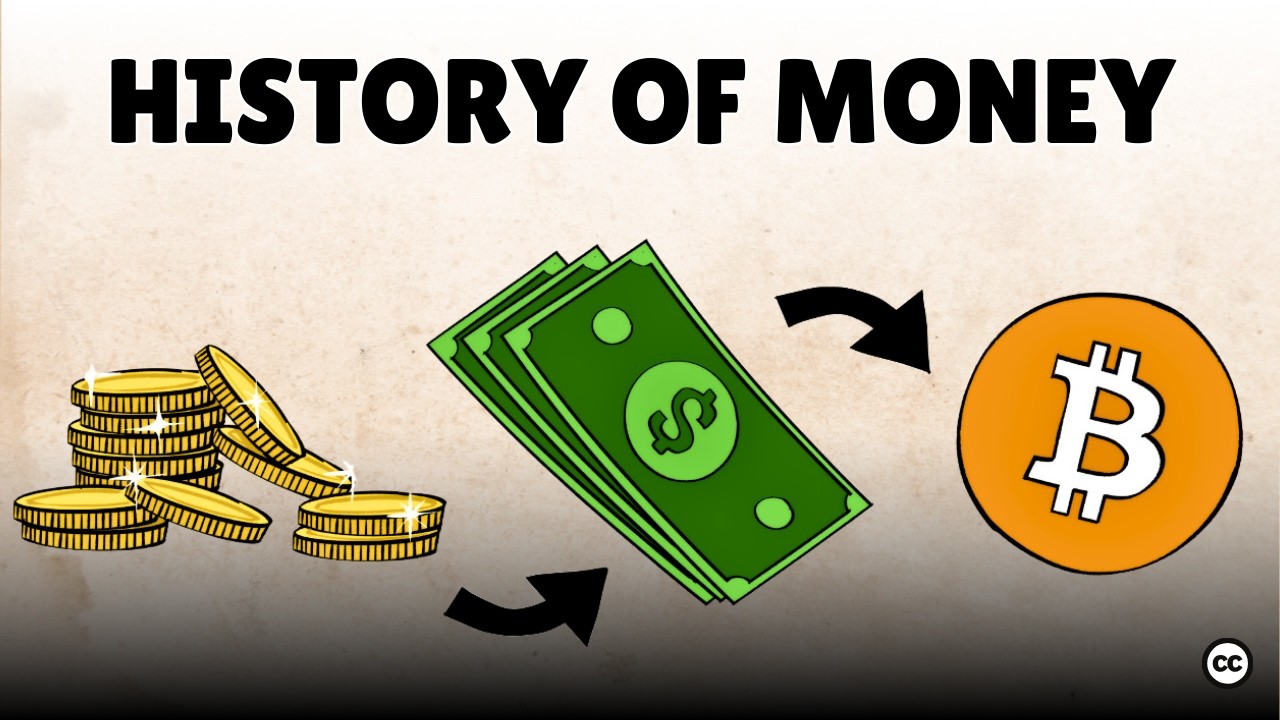
Introduction
Money is a fascinating concept that influences every aspect of our lives. It can bring happiness, create wealth, and even cause conflicts. Despite its intrinsic lack of value, money is something we all agree to trust. Understanding the history of money helps us appreciate its evolution and significance. Let’s delve into how money originated, from the barter system to the emergence of cryptocurrencies like Bitcoin.
Barter System
Initially, before the concept of money existed, people relied on barter, a system where goods and services were exchanged directly. This method allowed for specialization, economic growth, and the formation of markets. However, barter had its limitations, notably the "double coincidence of wants." In simple terms, both parties needed to desire what the other had to offer, which made transactions complicated, especially in a world without modern communication. As a result, people often had to travel long distances to find someone willing to trade.
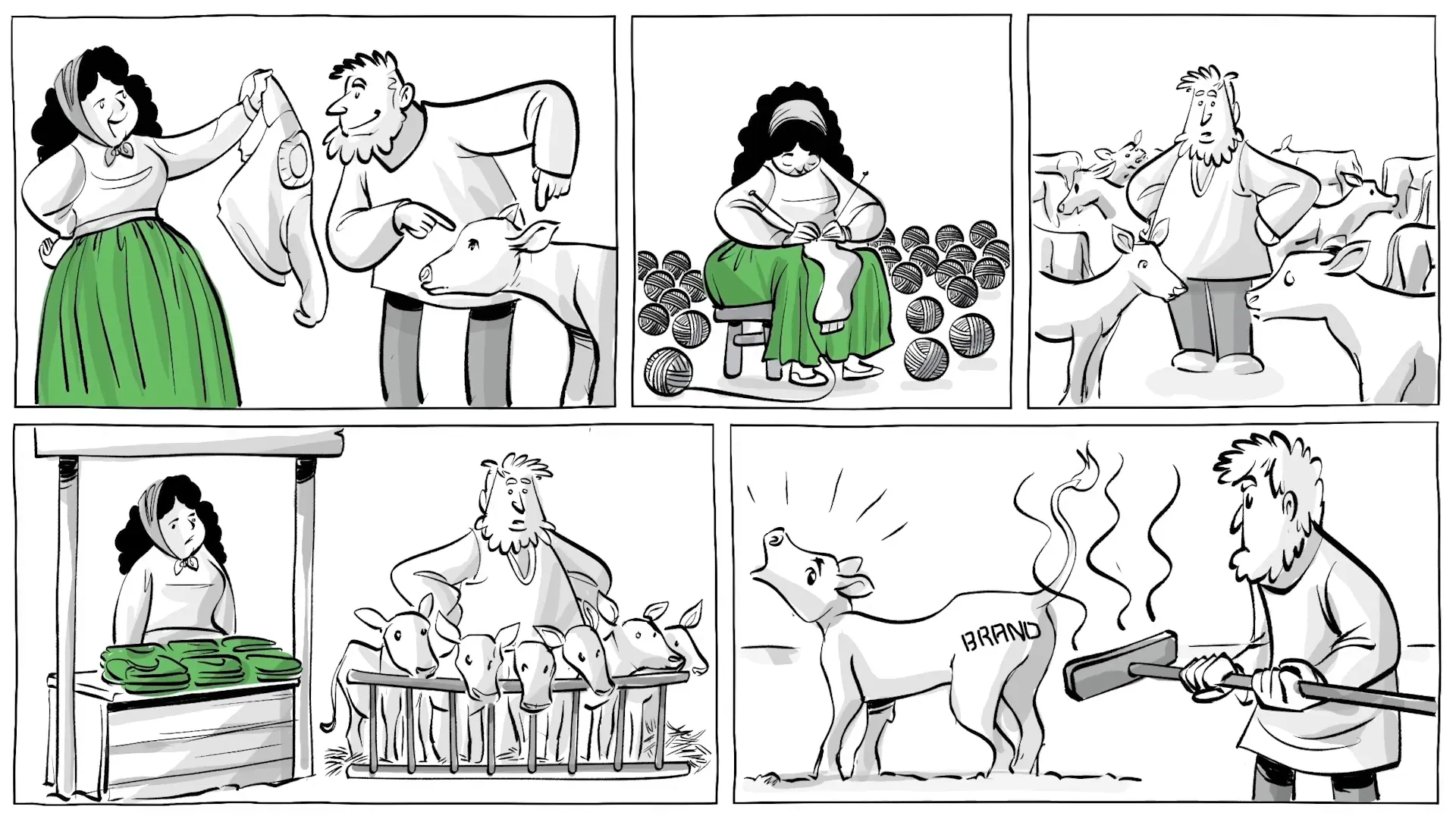
First Form of Money
Approximately 3,500 years ago, a revolutionary idea emerged: weighing products in the form of rare metals. Gold and silver became widely accepted mediums of exchange due to their beauty and scarcity. This transition from barter to metal currency allowed people to store value, paving the way for future economic innovation. The ability to save earnings led to an explosion in trade and wealth creation, fundamentally changing societies.
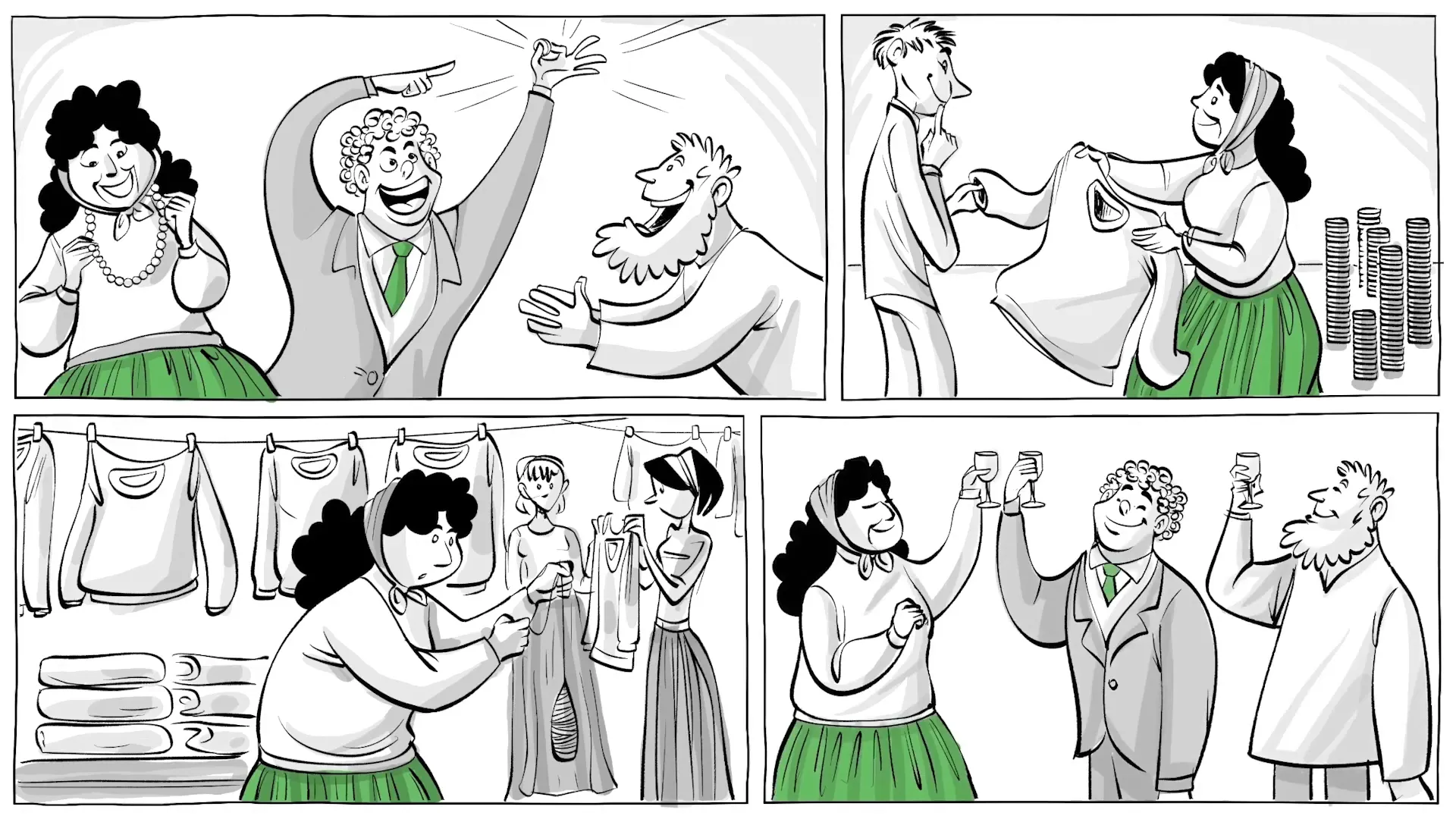
Trust
About a millennium ago, merchants discovered that trust was as valuable as gold. They began issuing letters of credit in exchange for goods, promising to deliver gold later. This practice made transactions more convenient, as paper notes were lighter and easier to handle than heavy metals. Governments soon recognized the power of this system and started issuing their own notes, promising to back them with gold. However, as time went on, the allure of printing more money led rulers to abandon the gold standard, giving rise to fiat money.

Fiat Money
Fiat money emerged when governments began printing currency without gold backing. This new form of money was often loaned to businesses, spurring economic activity. However, while prices for goods rose, the purchasing power of savings declined. This inflationary trend led to a growing disparity between the wealthy and the poor as asset prices soared while incomes stagnated. The realization that government printing could diminish the value of savings sparked interest in alternative forms of money.
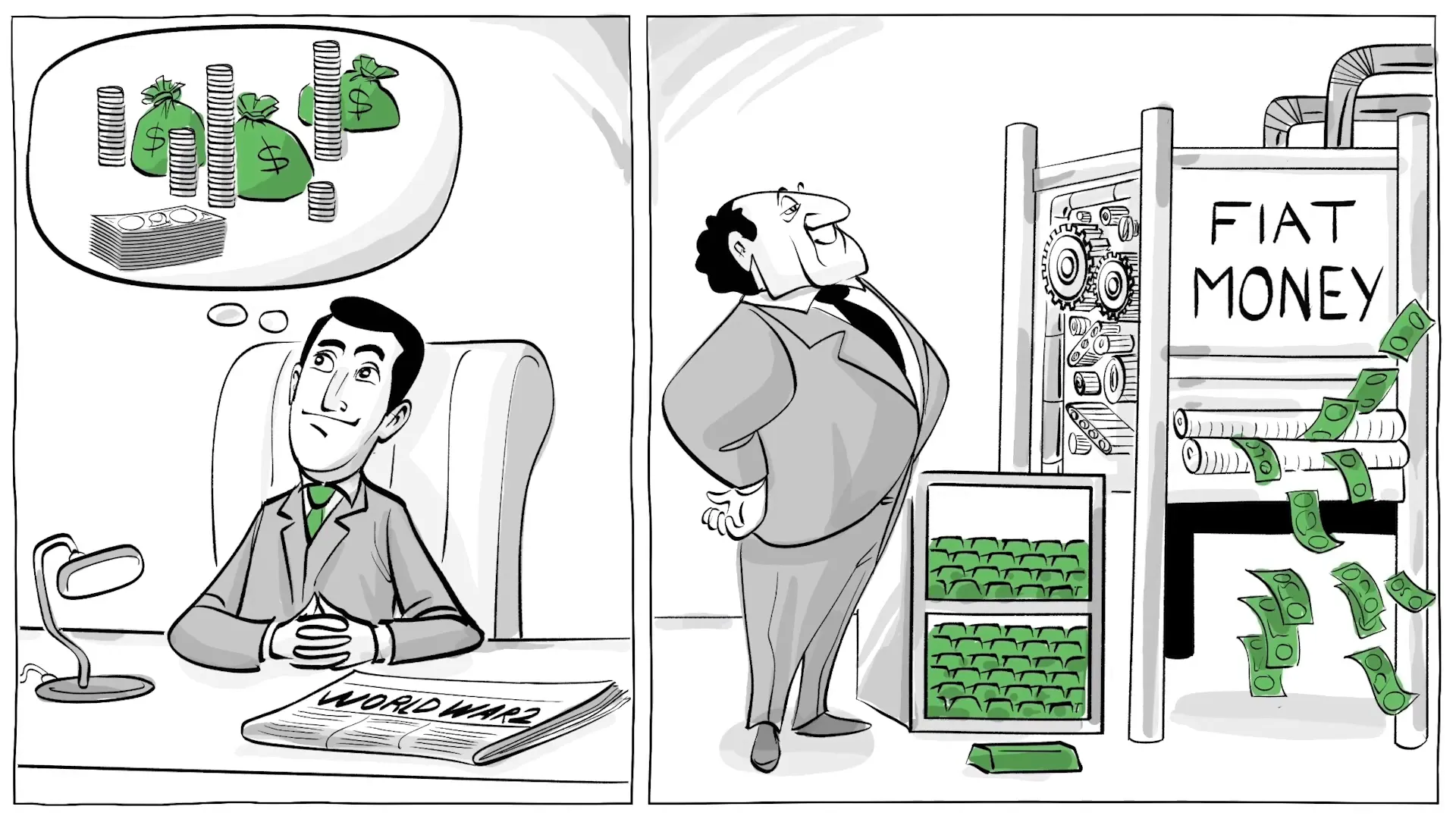
Cryptocurrencies
In recent years, cryptocurrencies like Bitcoin have emerged as the latest form of money. Unlike fiat currencies, Bitcoin operates on a decentralized network, allowing direct transactions between users without intermediaries. With a capped supply of 21 million bitcoins, they offer a level of scarcity that many find appealing. This trust in a mathematical code rather than a central authority is what sets cryptocurrencies apart and has fueled their popularity.
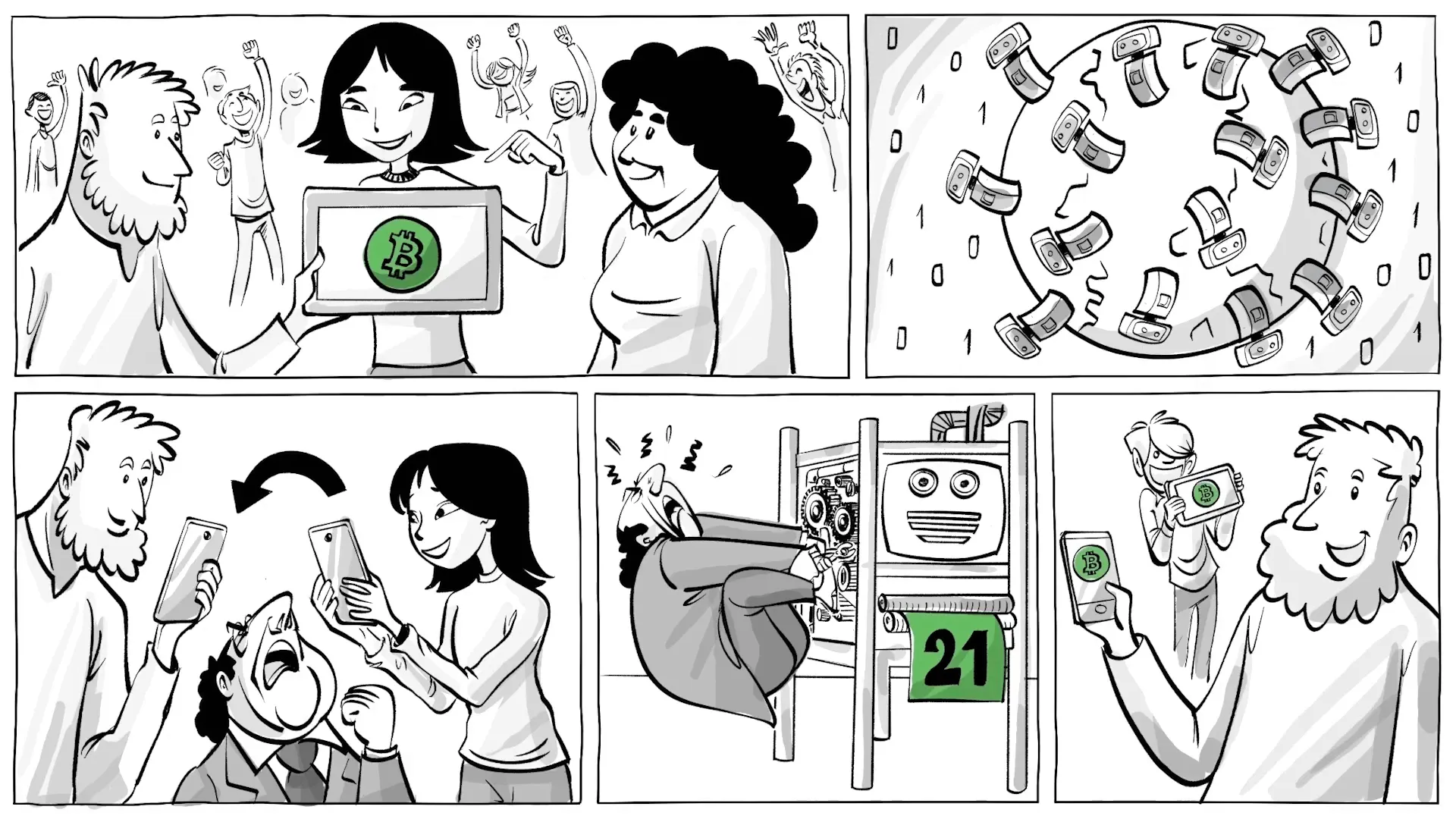
What Do You Think?
Will Bitcoin mark the end of the evolution of money, or will it evolve further? If cryptocurrencies were to fade away, what form of currency could we collectively trust? As we ponder these questions, it’s essential to recognize the characteristics of what constitutes "good money": scarcity, durability, portability, and divisibility. Each form of money throughout history has adapted to meet these criteria, shaping our economic landscape.
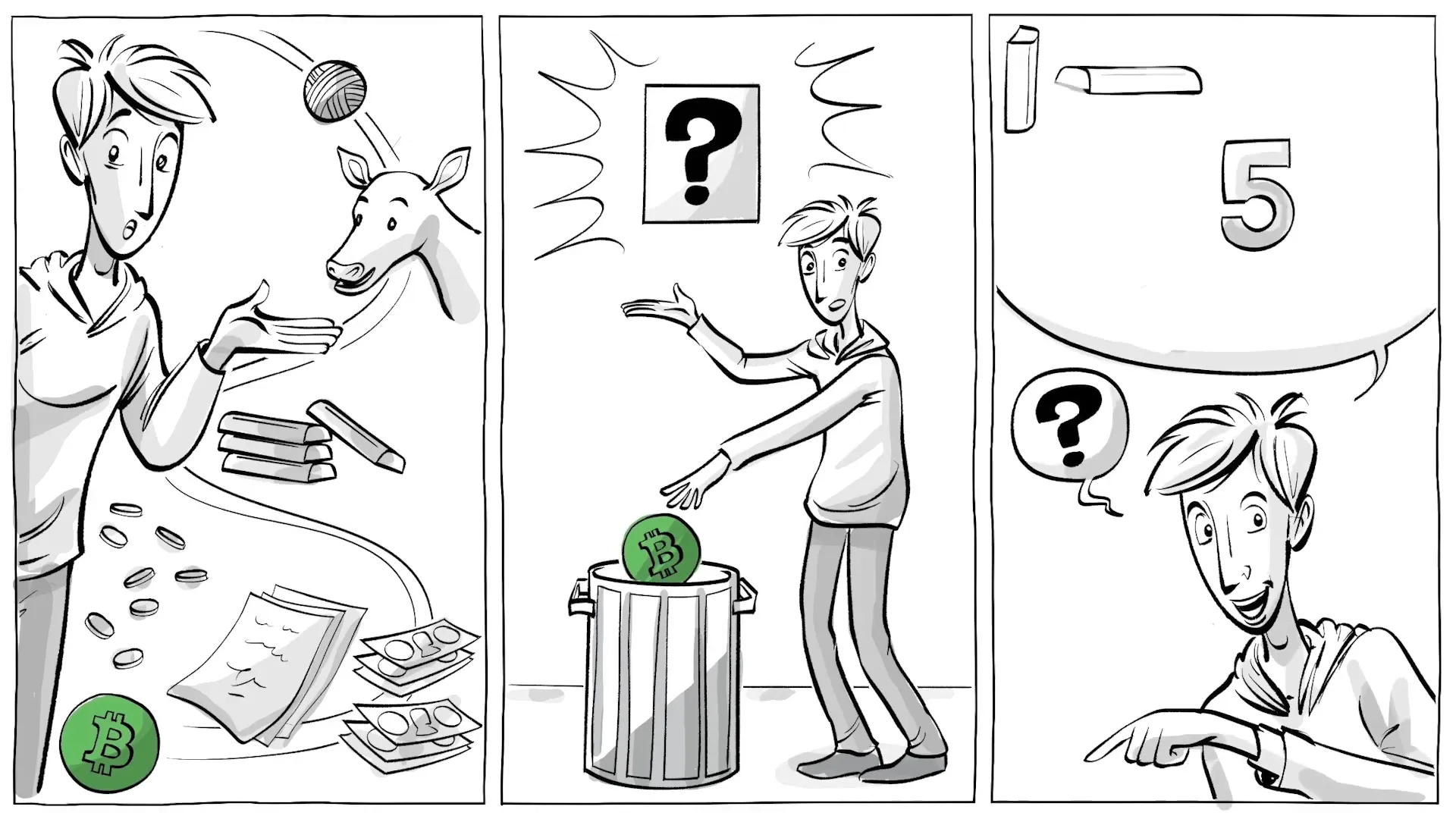
Conclusion
The history of money is a testament to human ingenuity and adaptability. From barter to Bitcoin, each stage has brought us closer to understanding the true nature of value and trust. As we continue to explore and innovate in the realm of currency, one thing remains clear: the quest for a reliable form of money is far from over.
This article was created from the video The History of Money: Barter, Fiat and Bitcoin with the help of AI. It was reviewed and edited by a human.



